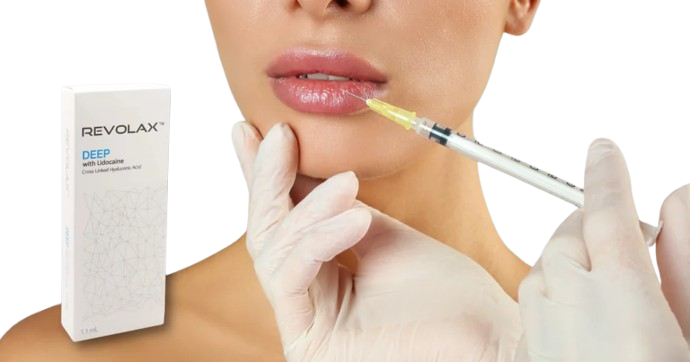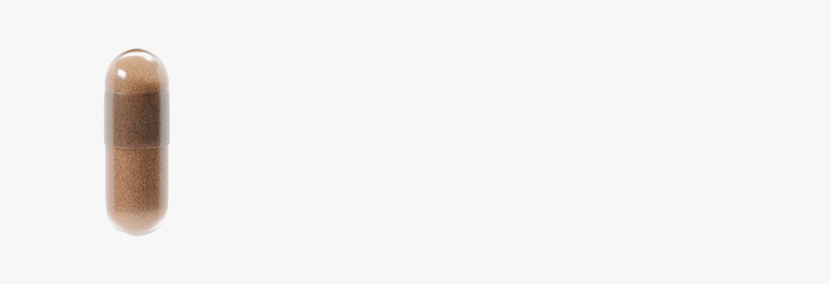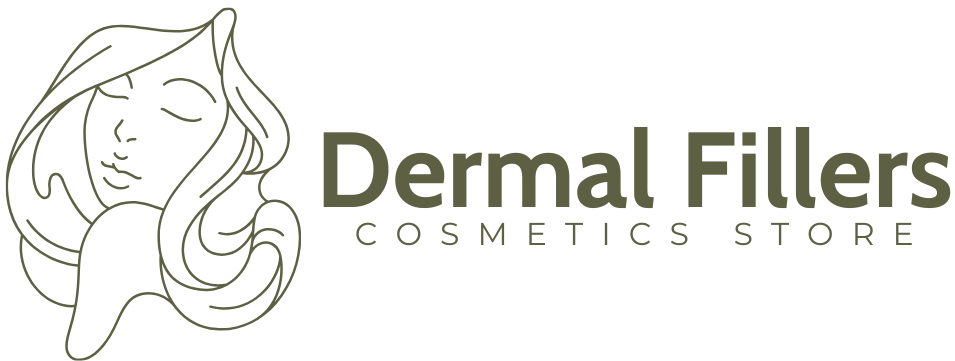PRP
Plasmolifting Hair – Non-Surgical Hair Restoration Treatment
Jul 15, 2025
A randomized, placebo-controlled study found that platelet-rich plasma (PRP) injections led to a 45.9 hairs/cm² increase in hair density among men with androgenetic alopecia (a type of hair loss commonly referred to as male pattern baldness), with no significant side effects. This promising data highlights the growing interest in regenerative therapies for hair restoration.
Plasmolifting, a specialized form of PRP therapy, uses autologous plasma (a patient’s own blood plasma) enriched with platelets to stimulate tissue repair and cellular regeneration. When applied to the scalp, Plasmolifting has been shown to effectively promote healthier hair growth by using the body’s own healing mechanisms. This non-surgical treatment is especially beneficial for those in the early stages of hair thinning.
In this article, we’ll explore how the Plasmolifting procedure works, its benefits, ideal candidates, and how it compares to other popular hair restoration options.
Key Takeaways
- Plasmolifting is a non-surgical hair restoration treatment that uses autologous plasma, enriched with platelets and growth factors, to stimulate scalp healing and promote natural hair regrowth.
- The procedure is ideal for individuals with early to moderate hair thinning, especially those experiencing androgenetic alopecia or hair loss due to stress or nutritional deficiencies.
- Multiple sessions are typically required, with an initial course of 4–6 sessions spaced 2 to 4 weeks apart, followed by maintenance treatments every 4 to 6 months.
- Plasmolifting is a gentle, drug-free alternative to more invasive procedures like hair transplants and oral medications. It does not involve hormonal changes or surgery, making it a safer option for those seeking natural hair restoration.
- While Plasmolifting is effective for those with active hair follicles, it is not suitable for individuals with complete baldness or inactive follicles.
- Results are typically seen within 8 to 12 weeks, with full effects becoming visible after several months of consistent treatment.
- Compared to other hair loss treatments like minoxidil, finasteride, and hair transplant surgery, Plasmolifting offers a natural, low-risk, and minimally invasive approach to hair regrowth, although it may require more sessions for optimal results.
About: Trusted by over 2,000+ global clients since 2014, Maylips has become a leading supplier of cosmetic, skincare, and orthopedic products for medical and aesthetic professionals. Maylips offers a wide range of authentic brand-name products at competitive wholesale prices, sourced from around the world. If you’re looking to buy Plasmolifting PRP Kits online, contact our sales team for guidance.
How Plasmolifting Stimulates Hair Follicles and Scalp Health
Plasmolifting uses autologous plasma, drawn from the patient’s blood, to support natural hair regrowth. The plasma is rich in platelets and growth factors, which are key components in stimulating scalp healing and follicle activation. Once injected into thinning areas of the scalp, it enhances circulation, improves nutrient delivery, and reduces inflammation, all of which contribute to promoting healthier hair growth over time.
Unlike hormone-altering medications or surgical hair transplants, Plasmolifting activates the body’s natural healing mechanisms. This makes it a gentle, non-invasive treatment option, ideal for individuals seeking a natural solution to hair loss without the need for medication or surgery.
Interestingly, the Plasmolifting procedure is also used in dentistry to stimulate tissue regeneration, known as Plasmolifting for gums, where it accelerates healing and promotes regeneration of gum tissue post-procedure.
Injection Technique and Session Frequency for Hair Restoration
The Plasmolifting process involves drawing a small amount of the patient’s blood, which is then spun in a centrifuge to separate the platelet-rich plasma (PRP) from red blood cells and other components.


The concentrated plasma is then injected directly into the scalp using fine needles, focusing on areas of thinning or early hair loss. The injections are typically shallow and spaced a few millimeters apart across the affected scalp zones, ensuring precise delivery to the hair follicles.
The procedure is relatively quick, usually taking 30 to 45 minutes, and requires no general anesthesia. A topical numbing cream may be applied beforehand to reduce discomfort. The frequency of treatment typically follows this schedule:
- Initial course: 4 to 6 sessions
- Interval between sessions: Every 2 to 4 weeks
- Maintenance sessions: Once every 4 to 6 months, if needed
Following this schedule helps maintain hair regrowth and scalp health while minimizing downtime. After the procedure, mild redness or tenderness in the treated areas is normal and typically resolves within a few days.
Patient Selection and Expected Results with Plasmolifting
Plasmolifting is most effective for individuals in the early to moderate stages of hair thinning, particularly those experiencing androgenetic alopecia (pattern hair loss). It is also beneficial for those with stress-related hair loss, post-pregnancy hair thinning, or nutritional deficiencies affecting hair health. However, it is not suitable for those with complete baldness or inactive hair follicles, as it relies on stimulating existing, living hair roots.
Ideal Candidates


- Have mild to moderate thinning with active follicles
- Are in good overall health
- Do not suffer from autoimmune disorders or blood disorders
- Prefer a non-surgical, drug-free treatment alternative
- Are looking for a natural approach to hair restoration
Most patients begin to see improvements in hair thickness, texture, and a reduction in shedding within 8 to 12 weeks. Full results are typically achieved after several months, with regular follow-up sessions to maintain hair regrowth.
Comparing Plasmolifting to Other Hair Loss Treatments
Plasmolifting is becoming a favored option in hair restoration due to its natural, regenerative approach, minimal side effects, and non-surgical nature. Let’s compare Plasmolifting with some other popular treatments:
Topical Minoxidil (Rogaine)
- Pros: Widely available, easy to use
- Cons: Requires daily application; results stop when usage stops
Oral Finasteride (Propecia)
- Pros: Effective for male pattern baldness
- Cons: Possible hormonal side effects; not suitable for women
Hair Transplant Surgery
- Pros: Permanent results in many cases
- Cons: Expensive, invasive, requires recovery time
Low-Level Laser Therapy (LLLT)
- Pros: Non-invasive and painless
- Cons: Requires long-term, frequent use; variable effectiveness
Plasmolifting
- Pros: Natural, uses the patient’s plasma, minimal side effects
- Cons: Not effective for severe baldness; multiple sessions needed
Plasmolifting stands out for its natural approach, as it uses the patient’s own blood to promote hair growth without altering hormones. Unlike hair transplant surgery, Plasmolifting is non-invasive and requires minimal downtime, making it suitable for those in the early stages of hair thinning.
Conclusion
Plasmolifting is a safe, non-surgical solution for individuals experiencing early-stage hair thinning. By utilizing the body’s natural healing mechanisms, Plasmolifting helps to stimulate scalp health and follicle activity, promoting healthier hair growth over time. While it may not be suitable for those with advanced hair loss, it serves as an excellent alternative to topical treatments or surgical hair restoration for individuals seeking a natural, drug-free solution.
With minimal discomfort and no downtime, Plasmolifting provides a gentle, effective option for those looking to combat hair thinning without invasive procedures. A consultation with a hair specialist can help you determine if Plasmolifting is the right choice for your hair restoration journey.
FAQs
1. Is Plasmolifting the same as PRP therapy?
Plasmolifting is a form of PRP therapy but uses a specific protocol developed for cosmetic and dermatologic applications.
2. How soon will I see hair regrowth after Plasmolifting?
Most patients notice improvements in shedding and hair texture within 2–3 months of consistent treatment.
3. Is the treatment painful?
Mild discomfort may occur, but numbing cream is often used. Most patients tolerate the injections well.
4. Are there any risks or side effects?
Side effects are minimal, usually limited to redness or tenderness at the injection site, and resolve within a day.
5. How long do results from Plasmolifting last?
Results can last 6–12 months or longer, especially with maintenance sessions every 4–6 months.
6. Can women undergo Plasmolifting for hair loss?
Yes, Plasmolifting is suitable for both men and women experiencing early signs of hair thinning.
7. Is there any downtime after the procedure?
No significant downtime is needed. Most patients return to normal activities the same day.
Talk with our sales representative.
Book a Meeting
References
Gentile P, Garcovich S, Bielli A, Scioli MG, Orlandi A, Cervelli V. The Effect of Platelet-Rich Plasma in Hair Regrowth: A Randomized Placebo-Controlled Trial. Stem Cells Translational Medicine. 2015;4(11):1317-1323. doi:https://doi.org/10.5966/sctm.2015-0107
Hair Loss Treatment Options & Information. Cleveland Clinic. https://my.clevelandclinic.org/health/treatments/8307-hair-loss-treatments
PRP for Hair Loss: Efficacy, Safety, and Cost. Healthline. Published January 3, 2019. https://www.healthline.com/health/prp-for-hair-loss






